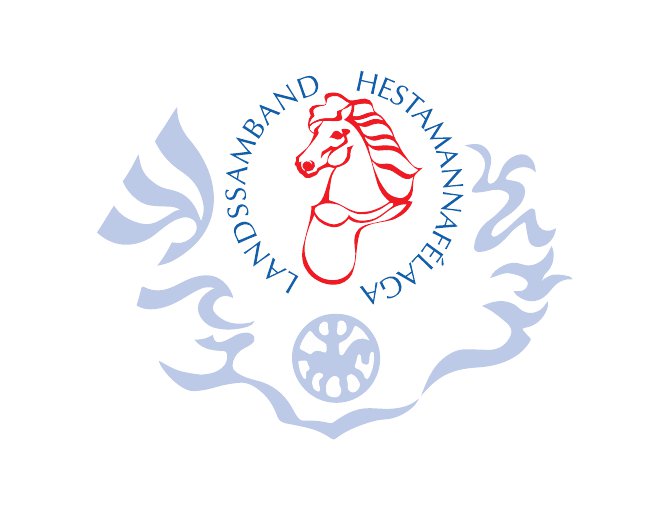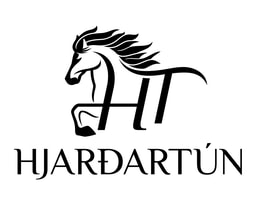The story of Sleipnir’s origin is rather curious, for he is the offspring of trickster god Loki, who turns himself into a mare, and a giant’s stallion called Svaðilfari (from the old Norse/Icelandic word svaðilför, meaning “Troublesome Traveller”).
.jpg)
Shortly after the gods settle in Ásgarður, a builder appears at their palace, Valhöll, offering to build a fortification in three seasons in exchange for the goddess Freyja, the sun and the moon. Tempted, yet not prepared to pay such a high price for a fortress, the gods agree on the condition that no man may help with the construction work. This way, the builder will never be able to finish on time, they believe. The builder asks permission to use his stallion Svaðilfari for work, and through Loki’s intervention, his request is approved. Svaðilfari proves to have enormous strength, pulling huge rocks, and a few days before the end of winter, the wall is almost finished. Furious with Loki for having given the builder permission, the gods order him to halt the construction by any means necessary. Prepared to do anything to appease the gods, Loki turns himself into a mare and gallops to the place where the builder is fetching rocks.
.jpg)
When Svaðilfari notices the mare, he becomes wild with lust, tears himself loose and chases after her into the woods. The builder loses precious time. Upon discovering that he is a hrímþurs, an evil giant, Þór, the god of thunder, smashes his head in with his hammer Mjölnir. Loki, as the mare, later gives birth to an eight-legged foal, the fruit of his encounter with Svaðilfari in the woods.
.jpg)
According to legend, once when Óðinn was riding across the sky, observing the state of the world as he regularly did, Sleipnir moved too close to the earth and stepped down with one of his legs. The ground collapsed under the weight of his hoof, creating the horseshoe-shaped canyon Ásbyrgi. The name means “Shelter for Gods” and Ásbyrgi is said to be a place where mythological creatures gather.
.jpg)
As in indication of how deeply ingrained Norse mythology is in Icelandic culture, Sleipnir, Svaðilfari and Loki are popular names for Icelandic horses and even of horse associations, as are many other names of the same origin, for example, Freyr, Hrímnir and Mjölnir.
Retold by Eygló Svala Arnarsdóttir. Photos by Gunnar Freyr Gunnarsson.
.jpg?280x160;crop)
.jpg?280x160;crop)
.jpg?280x160;crop)
.jpg?280x160;crop)
.jpg?280x160;crop)
.jpg?280x160;crop)
.jpg?280x160;crop)
.jpg?280x160;crop)
.jpg?280x160;crop)
.jpg?280x160;crop)





















-1.jpg)






